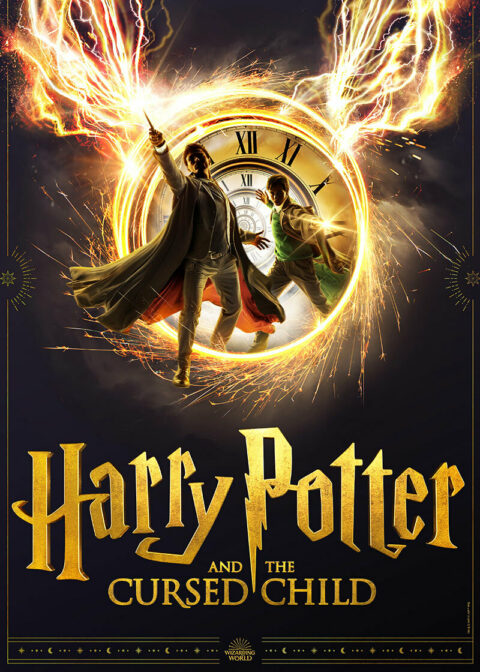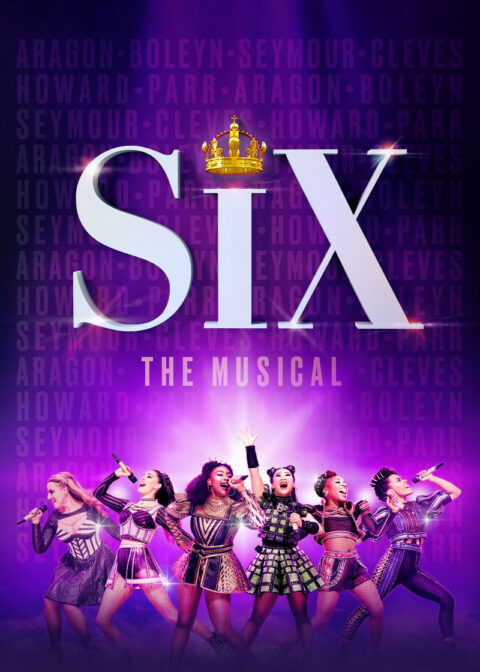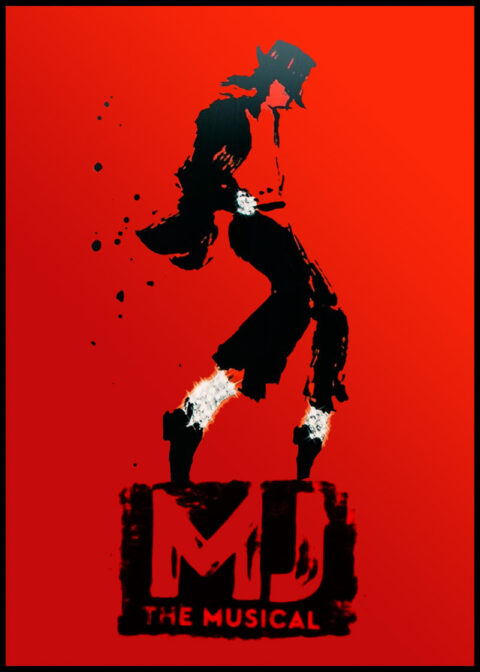The New York Times's James Stevenson writes about cut-rate ticket seller Joe Leblang and his successor, the TKTS half price ticket booth in Times Square
CUT-RATE TICKETS
Article by James Stevenson, New York Times. Reprinted with kind permission 2011. Originally printed in The New York Times March 7 2008.
In 1894, 20-year-old Joe Leblang, who had graduated from the raw-fur and whalebone-for-corsets business on the Lower East Side, bought a cigar store at Sixth Avenue and 30th Street. When Broadway press agents came by and asked permission to place posters in his window in exchange for free tickets, Leblang was delighted to comply.
As soon as the agents had departed, Leblang dispatched his younger brothers on their bicycles with instructions to buy all the freebies in the neighborhood as cheaply as possible. Leblang then sold the tickets to theater-lovers at half-price or less.
By 1910, the bicycles were gone, and Leblang was selling 2,000 tickets a night at cut-rate prices from his new location in the basement of Gray's Drug Store. By buying up blocks of tickets, he was able to give life to classics as well as to clinkers like "Tobacco Road," a show that was savaged by the critics but ran for five years. At his death, Leblang left behind $15 million.
Anna Crouse
Anna Crouse, 92, remembers Leblang's: "There was a Coney Island atmosphere. Hawkers stood in the middle of the room, loudly extolling the virtues of some play. Tickets hung from the walls. Prices for shows were reduced the closer it got to curtain time. If you really wanted to gamble, you could wait until the last minute and probably get a seat for 25 cents, then run as fast as you could to the theater." She smiles. "I always loved going to plays."
"When I was young, I got a job managing the office of Howard Lindsay and Russel Crouse," who wrote "Life With Father" and the books for many musicals, including "The Sound of Music".
"Howard Lindsay was a handsome, elegant actor with one year of Harvard. Russel was a kind, funny, rumpled man from Findlay, Ohio. He hated fresh air and vegetables. Everybody adored him. I fell in love with him and we got married."
TKTS
"Times Square in 1972 was a disaster," says Mrs. Crouse. "Nobody wanted to go there. Only a few plays were running." Mayor John V. Lindsay consulted with theater-owners about installing a reduced-price ticket booth in Times Square, and the Theater Development Fund -- a nonprofit created to help playwrights and theaters -- was asked to run it.
"Around this time, my husband, Russel, died," says Mrs. Crouse. "I was done in. I went to work raising money for TKTS. The city provided a terrible old construction trailer and cut three windows in it. Electricity was supplied by a nearby street lamp -- unknown to the power company! The day it opened, seven people were in line, but today we sell 30,000 tickets a week."
Intermission
A new $14.5 million TKTS is under construction in place of the venerable old trailer, whose floor finally collapsed. The project has suffered a number of intermissions. A hard-hat leaning against the fence in a bit of sunlight on a cold morning was asked when the work might be completed.
"Late spring?" he said. "Early summer?"
Will he be coming here to buy theater tickets?
"No," he says, "It's not my cup of tea."
Sources: "Joe Leblang's Cut-Rate Ticket Empire and the Broadway Theater, 1894-1931," Jerry Eisenhour; Edwin Wilson; "A Pictorial History of the American Theater," Daniel Blum; "Vaudeville," Joe Laurie Jr.; New-York Historical Society; "Lost Broadway Theaters," Nicholas Van Hoogstraten; Josie Merck; Matt Woods


